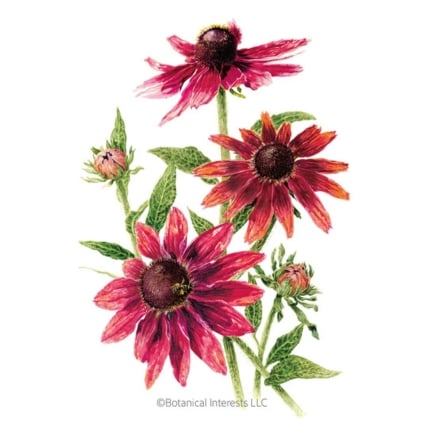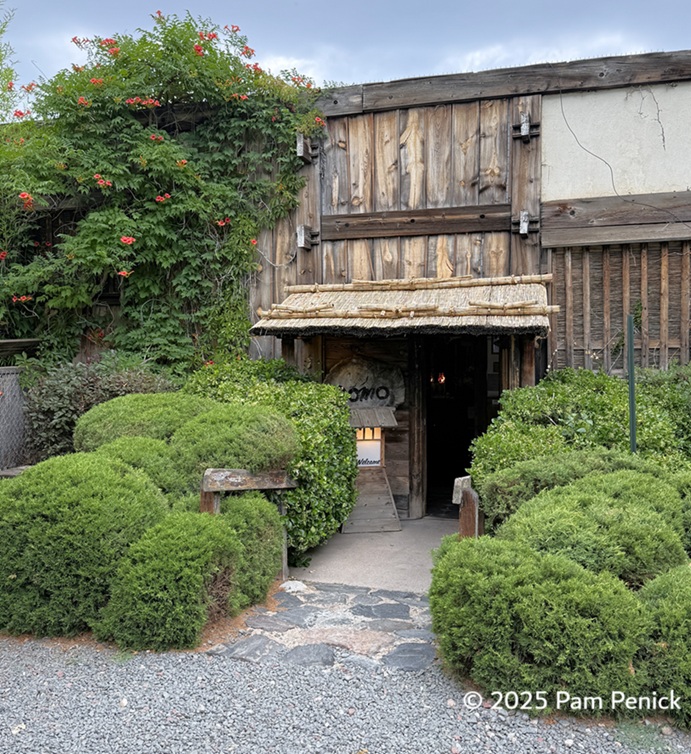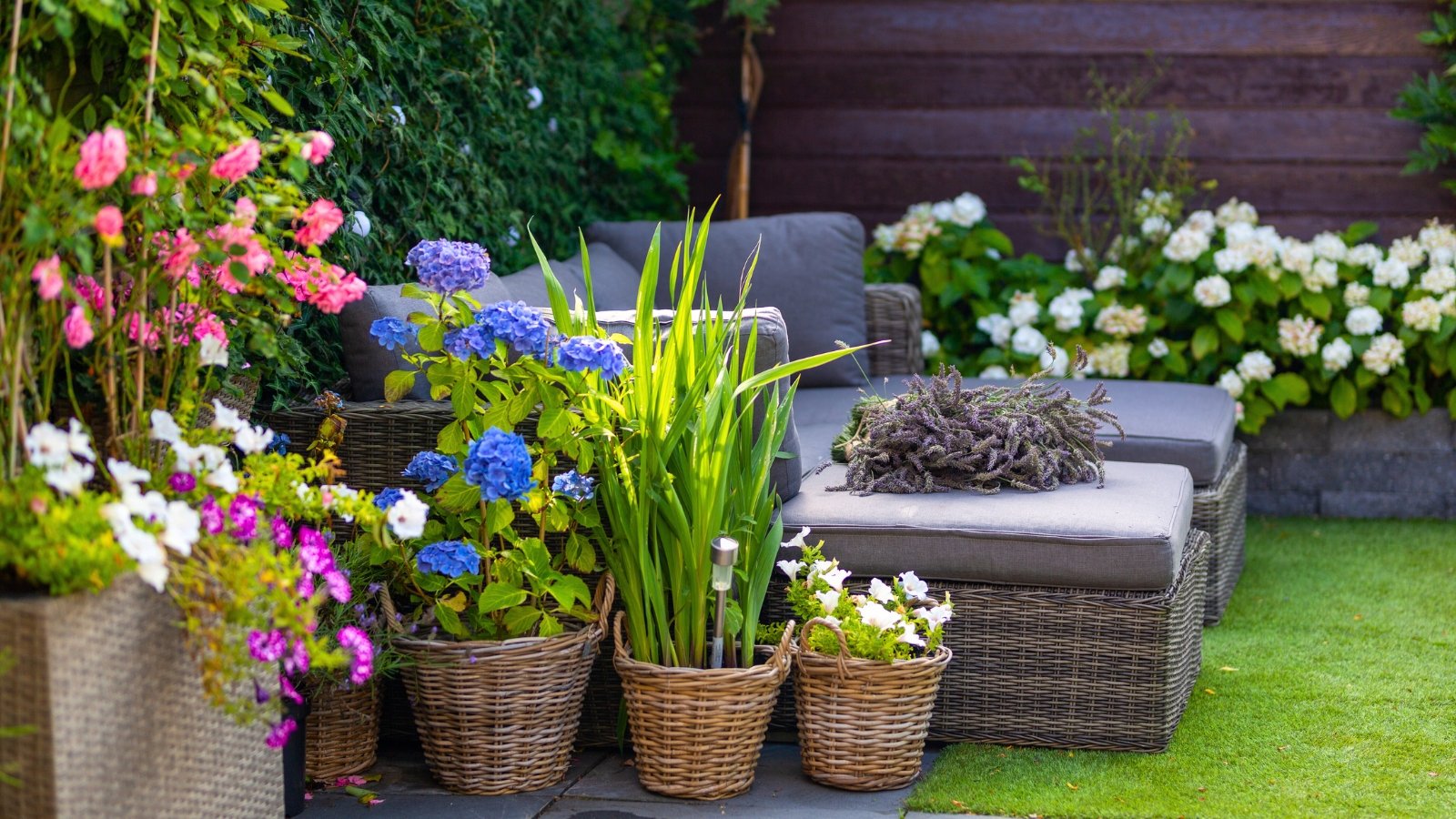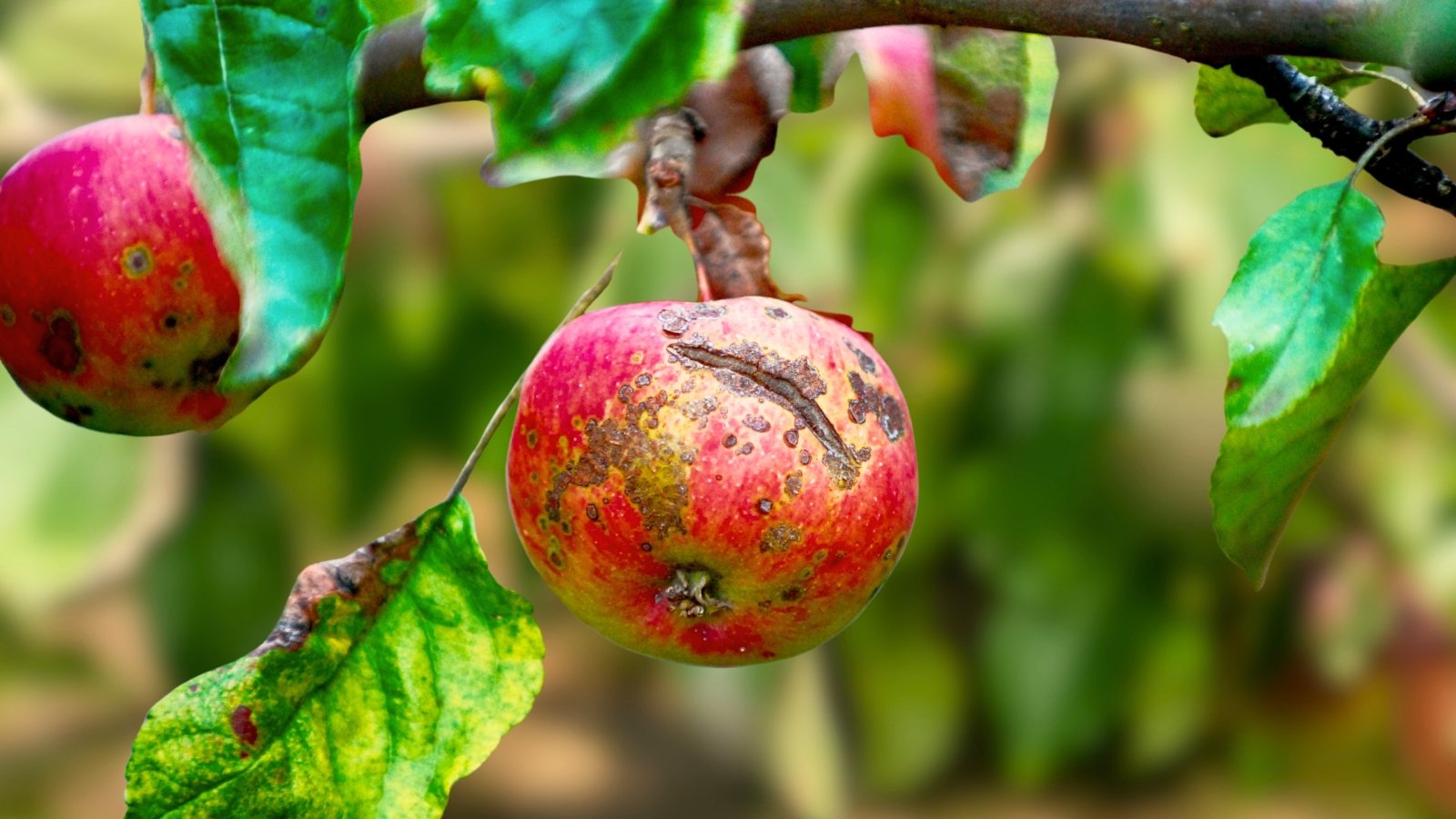PROTECT YOUR DNA WITH QUANTUM TECHNOLOGY
Orgo-Life the new way to the future Advertising by AdpathwayLate summer tends to be a slower time in the garden. The summer vegetables are coming to the end of their season, and many of the summer annuals are fading. It’s in August that I cut the last of my sunflowers and zinnias, and the garden starts to look a little less colorful. But not to worry, perennials will come to the rescue.
Late summer blooming perennials play an important role in the garden’s seasonal rhythm. They bridge the gap between the blooms of spring and summer and the jewel-toned autumn landscape. As many early-season flowers begin to decline, these summer perennials add color in gaps.
Late summer bloomers keep gardens attractive and also support the overall health of the ecosystem. They provide essential nectar and pollen sources for pollinators who are still foraging during this time. Supporting late-season pollinators as they prepare for winter is vital to the survival of many native species.
Many late summer bloomers are native plants, which are well-adapted to local conditions. They provide essential resources for wildlife without using an excess of resources. By incorporating late summer perennials for color, gardeners can extend the blooming season. They can also eliminate gaps in the pollinator food supply.
Let’s take a look at some beautiful late summer blooming perennials for your garden.
Purple Coneflower Echinacea

Purple Coneflower Echinacea Seeds
Cherry Brandy Black-Eyed Susan

Cherry Brandy Black-Eyed Susan Seeds


Sneezeweed
 Bold flowers bring life when many others fade away.
Bold flowers bring life when many others fade away.Sneezeweed is a late-blooming native perennial known for its bright, daisy-like flowers. They add bold color to the late summer and early fall garden.
Despite the name, sneezeweed doesn’t actually cause allergies, so it’s safe for allergy sufferers. The name comes from the historic use of its dried leaves in snuff, which induced sneezing.
Sneezeweed has a clumping, upright habit and yellow, gold, orange, or red blooms with domed centers. It prefers moist, well-drained soil, making it ideal for rain gardens. These summer perennials add color late in the season, while providing essential nectar for butterflies and bees when other flowers have faded.
Sedum
 Thrives in poor soil as long as it drains well.
Thrives in poor soil as long as it drains well.Sedum is a versatile, hardy perennial succulent, prized for its fleshy leaves and late summer color. With over 400 species, sedum comes in both upright clumping forms and low-growing ground covers. It’s useful for everything from borders and pollinator gardens to rock gardens and containers.
This incredibly tolerant and sturdy summer perennial thrives in poor, sandy, and rocky soil types. The only thing it absolutely needs is proper drainage. The colorful flowers are attractive to bees, butterflies, and other beneficial insects. It remains attractive year-round with ornamental seed heads in winter.
Goldenrod
 Late summer color brings life to any meadow.
Late summer color brings life to any meadow.Goldenrod is a hardy, late-blooming native perennial best known for its vibrant golden-yellow flower spikes. Its color brightens fields, meadows, and gardens from late summer into fall. While often blamed for allergies, goldenrod is insect-pollinated, not wind-pollinated. It’s a safe and valuable plant for pollinators, and not a cause of hay fever.
In addition to its perennial summer color in the garden, this flower is an excellent food source for pollinators. The masses of nectar and pollen-rich flowers persist for several weeks. While the bloom time can vary from one region and species to another, late summer is when it usually starts.
Coneflower
 Tough blooms bring cheerful color from summer to fall.
Tough blooms bring cheerful color from summer to fall.Coneflowers are a faithful and dependable summer perennial for color. They are tough and hardy, and have one of the longest bloom seasons around. Their daisylike blooms and spiky central cones add color and texture to the garden from early summer until fall. The flowers have long, slender stems that make them great for floral arrangements.
These perennials are easy to care for and drought-tolerant. They don’t mind poor soil, as long as it has proper drainage. The flowers are a good source of food for pollinators during the late summer dearth. In the fall, birds feast on their prickly seed heads.
Black-Eyed Susan
 Bright petals and dark centers brighten gardens for months.
Bright petals and dark centers brighten gardens for months.Black-eyed Susans are a classic perennial wildflower that show up and show off their color from mid-summer through fall. While other flowers are fading, these are going strong and doing a great job of feeding native bees. Their bright yellow petals and dark chocolate centers are unmistakable.
This perennial is incredibly easy to care for. Some may require staking if they grow tall, which is usually a sign of too much nitrogen. They don’t mind poor soil and are drought-tolerant once established. If you deadhead your black-eyed Susans, they should continue to bloom until the first frost.

Joe Pye Weed
 Tall and fluffy clusters attract butterflies and busy bees.
Tall and fluffy clusters attract butterflies and busy bees.Joe-Pye weed is a towering, native perennial known for its large, fluffy clusters of pink flowers. They bring color to the garden from late summer to early fall. It’s a pollinator powerhouse, attracting bees, butterflies, and other beneficial insects. Monarchs and swallowtails are particularly fond of this plant.
It provides color and interest when few other plants are still blooming. With its bold height and airy texture, Joe-Pye weed adds structure and vertical interest. It also provides significant ecological value to naturalistic gardens. Some species grow as tall as seven feet, which makes this an impressive presence.
Russian Sage
 Its misty flowers attract pollinators when others slow down.
Its misty flowers attract pollinators when others slow down.Russian sage is a striking, aromatic perennial sub-shrub known for its tall, silvery stems and lavender-blue flowers. The blooms are a dreamy color and bloom from mid- to late summer into fall.
It adds plenty of texture and a haze of color to the garden just as many plants begin to fade. This makes it a valuable addition to late-season borders, pollinator gardens, and drought-tolerant landscapes.
If you love the look of blooming herbs, Russian sage is an incredible plant. It’s a species of salvia with aromatic, silvery foliage. Growing to about three to five feet tall, it looks incredible in a grouping or as a low hedge. The tall, wispy flower spikes have an ethereal and misty quality.
Ironweed
 Bold flowers bring life to late-season garden corners.
Bold flowers bring life to late-season garden corners.Ironweed is a striking, tall native perennial that brings bold color to summer perennial gardens. It’s best known for its clusters of deep purple flowers and pollinator value. Its upright form, brilliant color, and ecological value make it a standout in a garden space. It’s especially nice for wildflower meadows, pollinator gardens, and naturalistic landscapes.
Despite its name, ironweed is not a weed when used in the right setting. It earns its name from its sturdy stems, which hold up impressively through inclement weather. In general, this late summer perennial likes moist, well-drained soil. Some species are tolerant of clay, and others are more drought-tolerant.
Anise Hyssop
 A lively garden favorite loved by both bees and people.
A lively garden favorite loved by both bees and people.Anise hyssop is an upright native perennial herb celebrated for its lavender-purple flower spikes. It also has aromatic, licorice-scented foliage and incredible pollinator appeal. I have this in my garden, and it’s always teeming with bees. The soft purple color of the flowers appeals to their ultraviolet vision.
Blooming from mid-summer into fall, this perennial is a magnet for bees, butterflies, and hummingbirds. It’s a top choice for pollinator gardens and wildflower meadows. Though it looks ornamental, it’s also edible and medicinal. The leaves and flowers are sometimes used in teas, salads, and desserts.
Japanese Anemone
 Bees and hoverflies find late treats among the petals.
Bees and hoverflies find late treats among the petals.Japanese anemones are lovely, elegant, late-blooming perennials that bring soft, airy color to the garden. They bloom from late summer into fall.
Their graceful stems and delicate, poppy-like flowers come in shades of white, pink, or rose. They offer a refined contrast to the bold, golden tones of other autumn flowers like black-eyed Susan and goldenrod.
These plants are a favorite in shade gardens and cottage gardens. They tolerate partial shade in warm climates, but in the cooler reaches of their range, they prefer full sun. They love moist, rich, well-drained soil. In terms of pollinators, these attract and feed bees and hoverflies in the fall.
Chrysanthemum
 Perfect for containers or beds, they’re total showstoppers.
Perfect for containers or beds, they’re total showstoppers.Chrysanthemums, often called mums, provide brilliant late summer and fall color in the garden. They have a wide range of flower forms and are able to thrive in containers or garden beds, as well as in the ground. These are one of the final highlights of the growing season, often blooming until the first frost.
When it comes to color, these perennials contribute vibrant shades of yellow, orange, red, pink, purple, and white. In fact, they come in just about every color except for true blue and black. The blooms are long-lasting and have a distinctive scent. Single-flowered types are attractive to pollinators.


 3 days ago
9
3 days ago
9





















 English (US) ·
English (US) ·  French (CA) ·
French (CA) ·